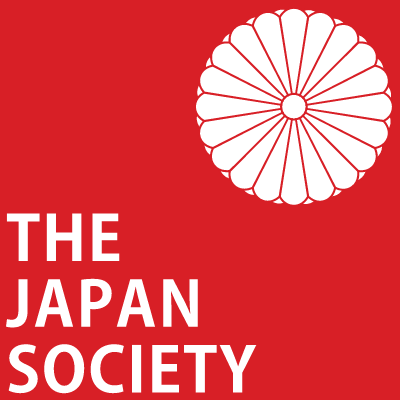A Guide to Jazz in Japan

By Michael Pronko
Raked Gravel Press (2025)
ISBN-13: 978-1942410379
Review by Laurence Green
Japan’s jazz journey is a thrilling tale of cultural fusion and reinvention. It kicked off in the 1920s when American jazz first hit Japanese shores via records, dance halls, and visiting bands. Despite censorship during WWII, jazz survived underground, then exploded post-war with U.S. soldiers stationed in Japan fuelling a vibrant scene. By the 1960s, Japanese musicians weren’t just copying; they were innovating. Legends like Watanabe Sadao and Akiyoshi Toshiko helped shape a distinct Japanese jazz identity. Today, Japan boasts world-class festivals, smoky Shinjuku clubs, and cutting-edge experimental sounds, making it one of the planet’s most passionate and unique jazz hotspots.
Michael Pronko’s A Guide to Jazz in Japan offers an immersive journey through all this. Blending rich history, cultural depth, and insider travel tips, it’s a heartfelt tribute to Japanese jazz, all told with the convivial style of someone who knows the scene like the back of his hand. Having lived in Japan for some twenty years, working as writer for the likes of The Japan Times and Newsweek Japan, as well as teaching American Literature at Meiji Gakuin University, Pronko blends an accessible, easy-reading journalistic style with the research chops and intellectual depth of academia to ensure this tome is capable of serving multiple potential audiences - from the casually interested music fan to those looking to push the field of music studies within Japan forward.
With detailed reviews of over 40 jazz clubs and 200 musicians, the book shows you where to listen, shop, jam, and soak in the scene. You’ll get top tips on jazz scene etiquette, what places serve food (and more importantly, whether it’s any good) as well as what kinds of jazz to expect in each venue. Pronko’s guide is like that musical best friend who’s literally been there, done it all - but remains un-jaded and is only too happy to share their top tips with you.
From tiny alleyway venues (literally no bigger than four square metres, musicians often have to stand up and move to let attendees in through the door) and iconic coffee shops to the country’s finest jazz talent, the book delivers practical advice and passionate insights for a truly cultural deep dive. For any who’ve felt intimidated by Tokyo’s famous jazz kissa where sometimes it seems like you could literally hear the needle drop on the record player - all hushed dudes sipping coffees and digging the music - the book demystifies the often arcane, as well as quite simply collecting together in one volume key info you’d no doubt have to scour the internet for otherwise.
That said, while the aforementioned lists of venues and musicians are without a doubt informative and useful, it’s arguably the essays, collected toward the back of the book, that are the most engrossing of the content here. The focus here is very much on situating how jazz fits Japanese culture, how that cultural integration happened, and why Jazz resonates so far from its origins in the US of the early 1900s. There’s inevitably some repetition in these essays - they were clearly originally designed as standalone content - but if anything this simply serves to drill in the salient facts. The key takeaways are jazz’s existence as a medium that adapts to whatever locale it finds itself in; a transnational, transtemporal journey that clearly encompasses a historical dimension (jazz’s initial popularity in Japan’s port towns, as it was brought in from abroad), but also fascinating trajectories that feel especially honed to the Japanese environment (the emergence of jazz kissa as a solution for those that couldn’t afford their own record players, and who were worried about disturbing the neighbours in Japan’s cramped neighbourhoods).
Lovers of Murakami Haruki’s novels will know of the novelist’s intense love of jazz, and it's exactly this world of cooler-than-cooler vinyl treats and smoky secret cafes that is captured here too, and that’ll have you headed down the rabbit hole in search of your next musical fix. Wherever your journey takes you, the most exciting thing about Japanese jazz is ultimately its bold fusion of precision and creativity; a unique blend of technical mastery, emotional depth, and fearless experimentation. Pronko’s book is, of course, best experienced with a well-curated Spotify playlist (or a sizable stack of CDs / vinyl) to hand to while away the hours in intense listening while you flip through the pages soaking it all up.
The picture A Guide to Jazz in Japan ultimately paints is one of continual fusion, adaptation and musical morphology. Musicians in Japan deeply respect jazz tradition, but they aren't afraid to push its boundaries, often pairing it with Japanese folk, classical, and avant-garde elements. The result? A sound that's both globally connected and unmistakably local; elegant, unpredictable, and soul-stirring. Whether in a cozy Tokyo basement club or a massive festival stage, Japanese jazz offers a listening experience that’s as refined as it is revolutionary. And with Pronko’s book as your guide, you’ll soon be a convert to this endlessly beguiling world too.

